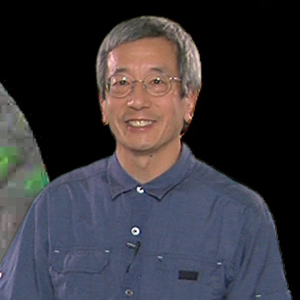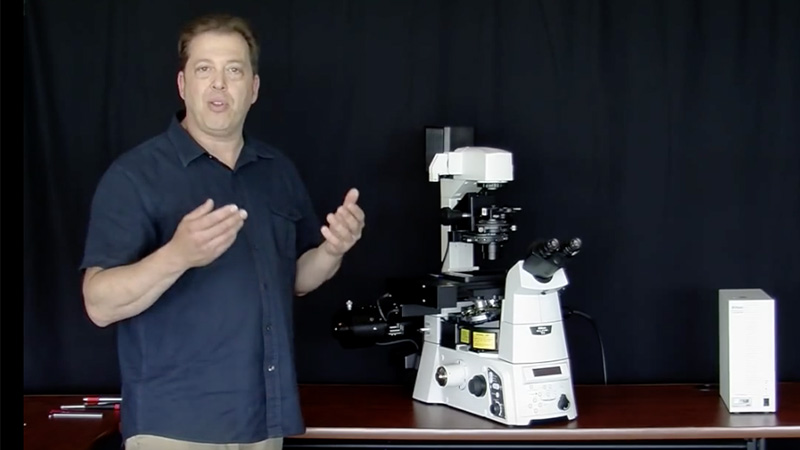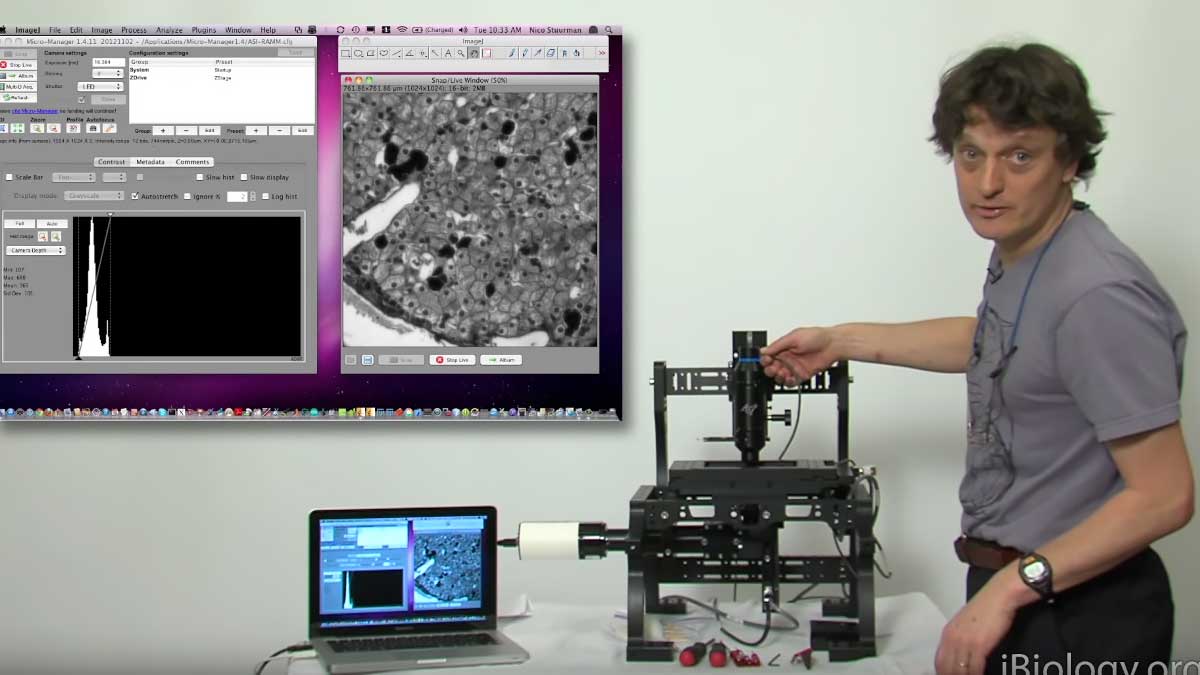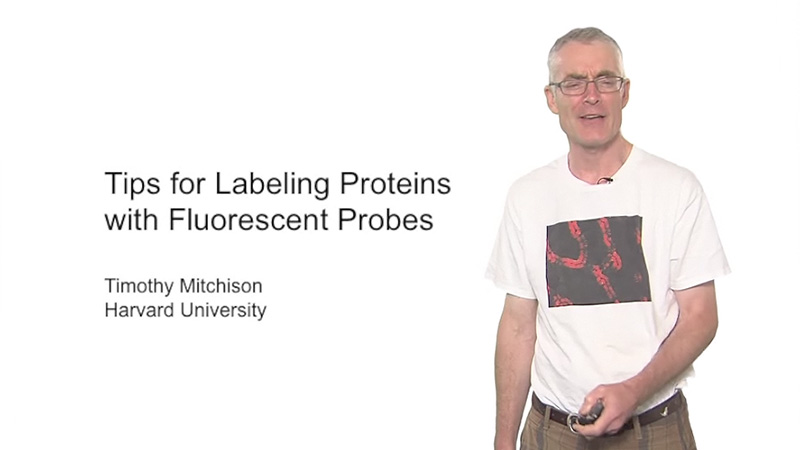Talk Overview
This lecture discusses a new protein, miniSOG, which can be imaged fluorescently but which can also produce an electron-dense deposit for visualization in electron microscopy, thus enabling correlated light and electron microscopy.
Speaker Bio
Roger Tsien

Dr. Tsien was a Professor at the University of California, San Diego, a Howard Hughes Medical Institute Investigator and a member of the National Academy of Sciences. In 2008, Tsien shared the Nobel Prize in Chemistry for the discovery and development of green fluorescent protein, GFP. His lab continues to develop new fluorescent proteins as… Continue Reading









Leave a Reply